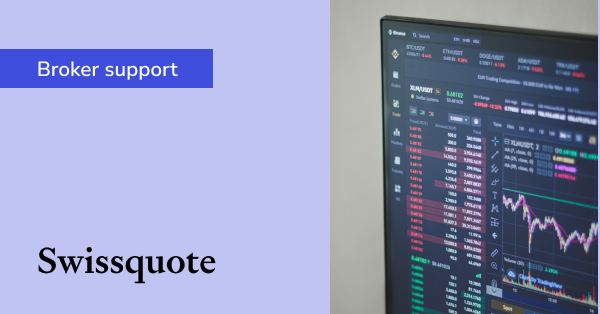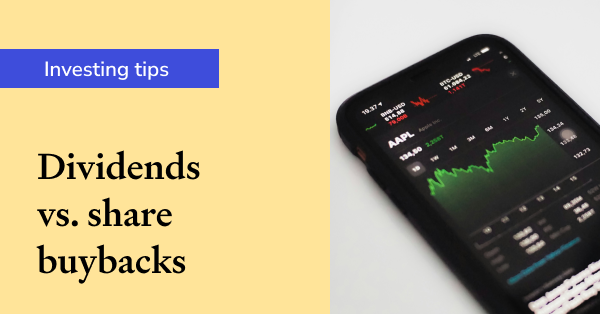Sharesight release notes – October 2022
In October our key priority continued to be our UX and brand updates. Last week we pushed a major update to our colours and as I write this we are in the process of launching our new look. You can find out more about this exciting endeavour here.

UX / Usability improvements
-
Introduced a new colour scheme that impacts every page in the product.
-
Improved the loading time of the Dashboard view for professional users, specifically staff, by up to 85% in some cases.
-
Introduced the third tranche of a revamped payouts table and form, this time extending our new payouts in New Zealand portfolios from our Investor and Expert users only, to all users.
New Functionality / Enhancements
-
Introduced the ability to identify all portfolios that contain a specific holding. This is particularly useful for our professional users with many portfolios.
-
Added support for the Bucharest (BVB) and Indonesia (IDX) stock exchanges.
-
Introduced a new Resident Withholding Tax (RWT) field on all foreign payouts in New Zealand portfolios. Capturing this value is particularly useful when your investments are held through custodial arrangements.
FURTHER READING

How Sharesight helps advisors track net worth and simplify compliance
We talk to Ryan Jones, Partner, Accountant and Financial Advisor at Jones Louros, about how he uses Sharesight to manage his clients’ investment trusts.

Automatically track Swissquote trades with Sharesight
If you trade using Swiss broker Swissquote, you can automatically import your trading data to your Sharesight portfolio.

Dividends vs. share buybacks: Which is better for investors?
We take a look at dividends and share buybacks, discussing the pros and cons of each, the tax implications and which one is more beneficial for investors.